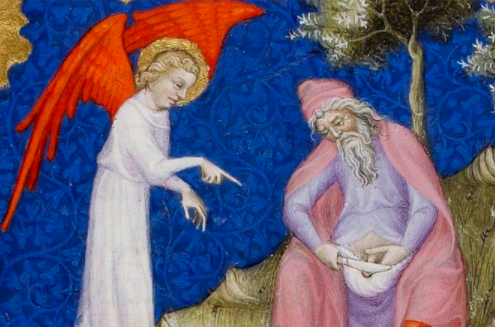In a groundbreaking new experiment, WashU researchers have found a unique use for circumcised foreskin as skin grafts for burn victims. Lead researcher and BME postdoc Richard Johnson remembers: “A male student approached me in tears, because he didn’t know what had happened to his foreskin. Then I felt inspired. How could I use foreskin to help people?”
He noticed that Michael, one of his favorite burn victims, was in desperate need of more skin for a graft. But they were running out of source areas on his body, so it was time to innovate. Thus was born the Michael Method, which freezes removed foreskin to be used for potential future grafts.
With the help of a grant from the St. Louis Rabbinical College, Johnson has begun conducting experimental trials on WashU students. After his team marketed the experiment as free circumcisions for lucky students, a large proportion of the engineering school signed up. So far, his team has collected over 200 foreskins, a remarkable harvest. They plan to use the now vacant Rudolph Hall as the site of the controlled fires to which the experimental subjects will be exposed.
“Foreskin is the way of the future!” Johnson cheers, beaming with pride. “With the rise in wildfires we are seeing, uncircumcised adult men would be wise to ask their doctor or rabbi to freeze it. It might save their lives.” Johnson’s research reveals that The Michael Method has the potential to save up to 6 lives each year. The other 194 subjects will be commemorated in a service held this Wednesday at noon on Mudd Field.
 WUnderground WashU's Premier (only) Satirical Newspaper Est. 2004
WUnderground WashU's Premier (only) Satirical Newspaper Est. 2004



